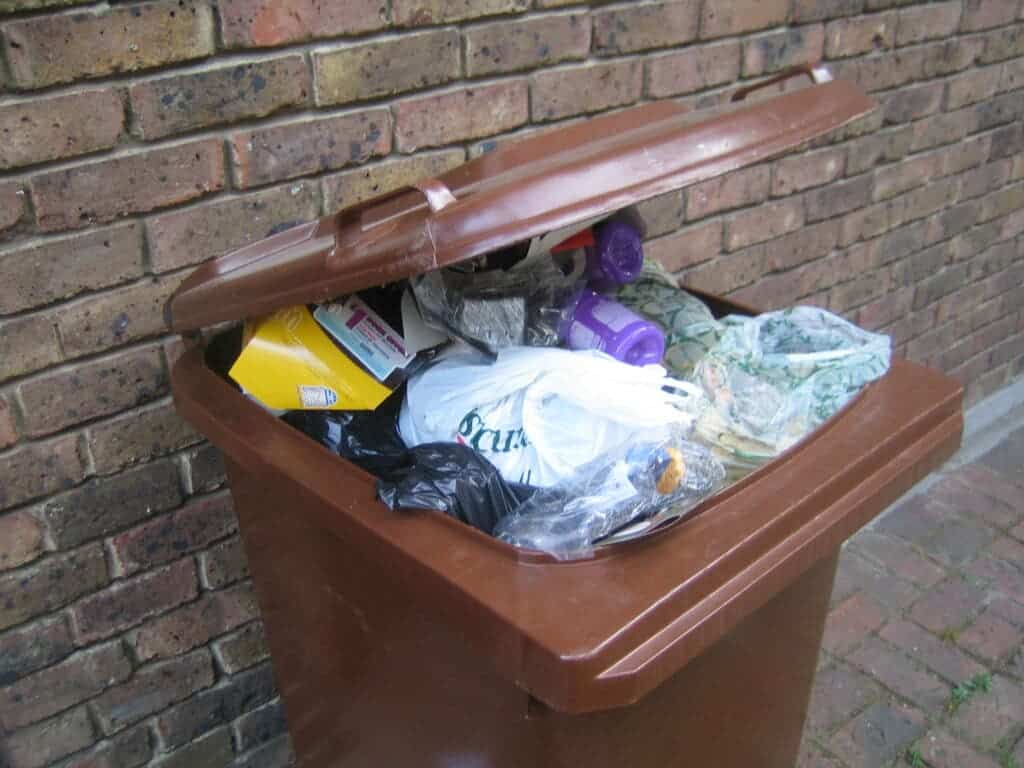Between food wasted in homes, restaurants, and shops, 17% of all food is dumped every year, reaching over 900,000 tons, according to a UN report. But the real scale of the problem could be even larger, as some food is also lost on farms and supply chains – indicating that overall a third of the food produced never ends up on our plates.

The average person throws away 74 kg (163 lb) of food every year
Food waste hinders efforts to help the billions of people who are either hungry or can’t afford a healthy diet. It also affects the environment, as food waste and loss are estimated to cause between 8% and 10% of the greenhouse gas emissions that drive the climate emergency. If it were a country, food waste would have the third-highest emissions.
The UN Environment Programme (UNEP) and its partner organization WRAP have now published the Food Waste Index Report, which concluded that around 931 million tons of food waste were generated in 2019, the year with the latest figures available. Of the total amount, 61% came from households, 26% from foodservice, and 13% from retail. In other words, everyone is to blame — especially consumers
“Reducing food waste would cut greenhouse gas emissions, slow the destruction of nature through land conversion and pollution, enhance the availability of food and thus reduce hunger and save money,” Inger Andersen, UNEP head, said in a statement. “Businesses, governments, and citizens around the world have to do their part.”
Household per capita food waste generation was found to be broadly similar across country income groups, suggesting the problem is equally relevant in high, upper-middle, and lower-middle-income countries. The food discarded in homes was estimated to be 74 kilograms per person per year on average around the world.
Previous estimates of consumer food waste significantly underestimated its scale, the UN argued. While data doesn’t permit a robust comparison across time, food waste at the consumer level (meaning household and food service) appeared to be more than twice the previous estimate done by the UN Food and Agriculture Organization (FAO)
The report was published in support of global efforts to meet the UN’s Sustainable Development Goal (SDG) 12.3, which aims at halving global food waste at the retail and consumer levels as well as at the production and supply chains by 2030. With nine years to go, steep action is needed by governments, international organizations, and businesses, Marcus Gover, CEO of Wrap, told the BBC.
The researchers said nobody buys food with the intention of throwing it away and that the small amount discarded every day might seem insignificant for many. That’s why increasing awareness of food waste is essential, they argued. Government and corporate action are also necessary but individual action plays specifically a very important role.
Almost 700 million people were affected by hunger in 2019, a number expected to rise amid the coronavirus pandemic, and three billion couldn’t afford a healthy diet. The figures should urge consumers to take action, the UN argued. Countries can also increase ambition by adding food waste actions in their climate change pledges, known as NDCs.






